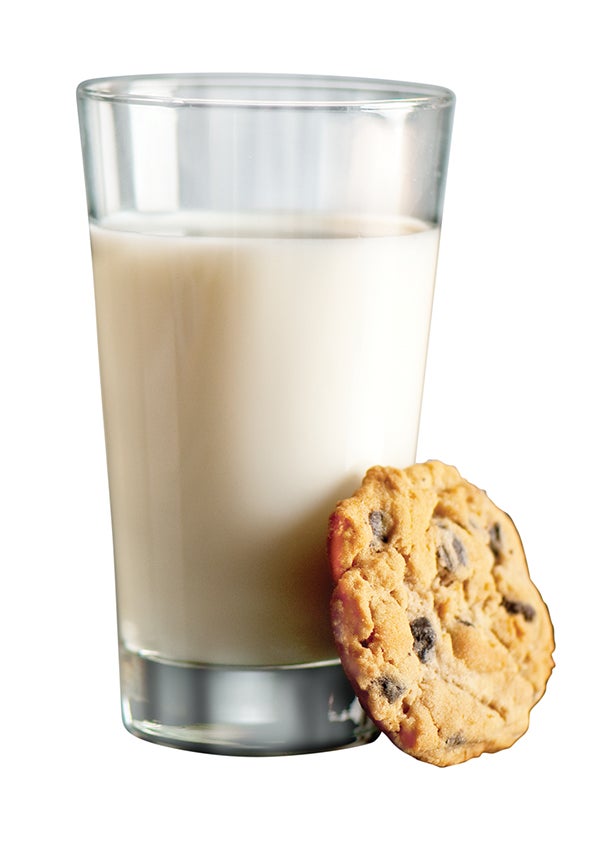How does your milk stack up
Published 5:06 pm Saturday, April 20, 2013
 What type of milk do you drink?
What type of milk do you drink?
Are you a dairy milk drinker, a soy milk drinker or another alternative?
If you drink a milk that isn’t dairy-based, why are you drinking it? As a supermarket dietitian, this is the question I ask customers as they shop the dairy-alternative beverage aisles. Some customers think dairy-alternative beverages are healthier options and some drink them for allergy reasons.
But did you know that when comparing the nutrients and cost of dairy milk alternatives to dairy milk, there is a significant difference?
Milk from dairy cows costs about 25 cents per 8-ounce cup and what comes with that are nine essential nutrients:
1. Calcium, which builds and maintains strong bones and teeth
2. Vitamin D to help absorb calcium for healthy bones
3. Riboflavin to convert food into energy
4. Phosphorus to help keep bones strong
5. Protein to build and maintain lean muscle
6. Potassium to regulate fluid balance and blood pressure
7. Vitamin A to promote good vision and healthy skin
8. Vitamin B12 to help red blood cells
9. Niacin to help convert food into energy
Here is what your 25 cents buys when spending it on dairy-milk alternatives:
•Five ounces of fortified soy drink with five nutrients including B12, phosphorus, riboflavin, vitamin D and calcium. “Fortified” means the nutrients are being added.
•Five ounces of fortified almond drink with four nutrients including vitamin B12, riboflavin, vitamin D and calcium.
•Five ounces of coconut drink with two nutrients including vitamin B12 and vitamin D.
•Five ounces of fortified rice drink with four nutrients including vitamin B12, vitamin D, riboflavin and calcium.
My goal is to help customers make educated decisions in the aisles. If you are drinking dairy-milk alternatives for medical or allergy reasons, of course continue to do so. But if you are drinking dairy-milk alternatives for the “health halo,” it may be time to reconsider the benefits.
And a great little-known fact is that chocolate milk is also a great post-workout recovery drink due to its powerful nutrient package with the right carb-to-protein ratio for refueling muscles. Get the most energy back into your muscles by refueling with chocolate milk 15 to 30 minutes after your workout and again two hours later. Refuel with low-fat or fat-free chocolate milk post-exercise by sipping on a glass or by blending into a smoothie.
Chocolate peanut butter breakfast shake
Serves 1
All you need
•1 cup chocolate milk
•½ cup frozen banana slices
•1 tablespoon peanut butter
•½ teaspoon vanilla
•¼ teaspoon cinnamon
All you do
•Combine all ingredients together in a blender; blend until smooth and creamy. Serve in a tall glass or on-the-go container.
Nutrition Facts per Serving: 270 calories, 9 grams fat, 2 grams saturated fat, 5 mg cholesterol, 220 mg sodium, 35 grams carbohydrates, 3 gram fiber, 15 grams protein, 35% calcium.
Source: Midwest Dairy Association
Follow Jen Haugen’s blog at blog at http://JenHaugenRD.wordpress.com





